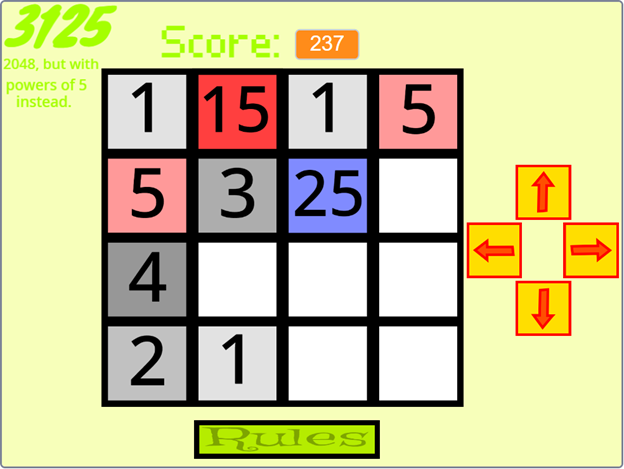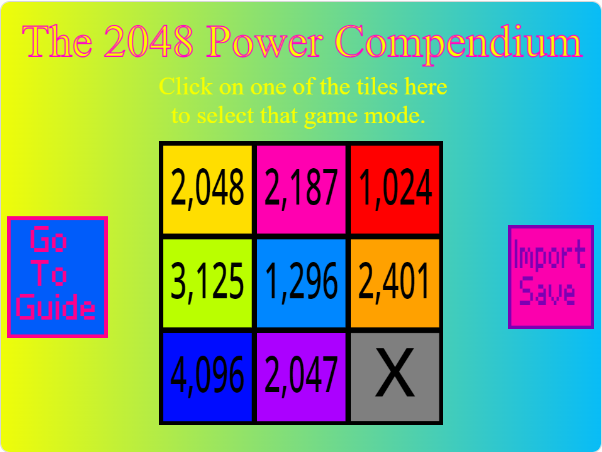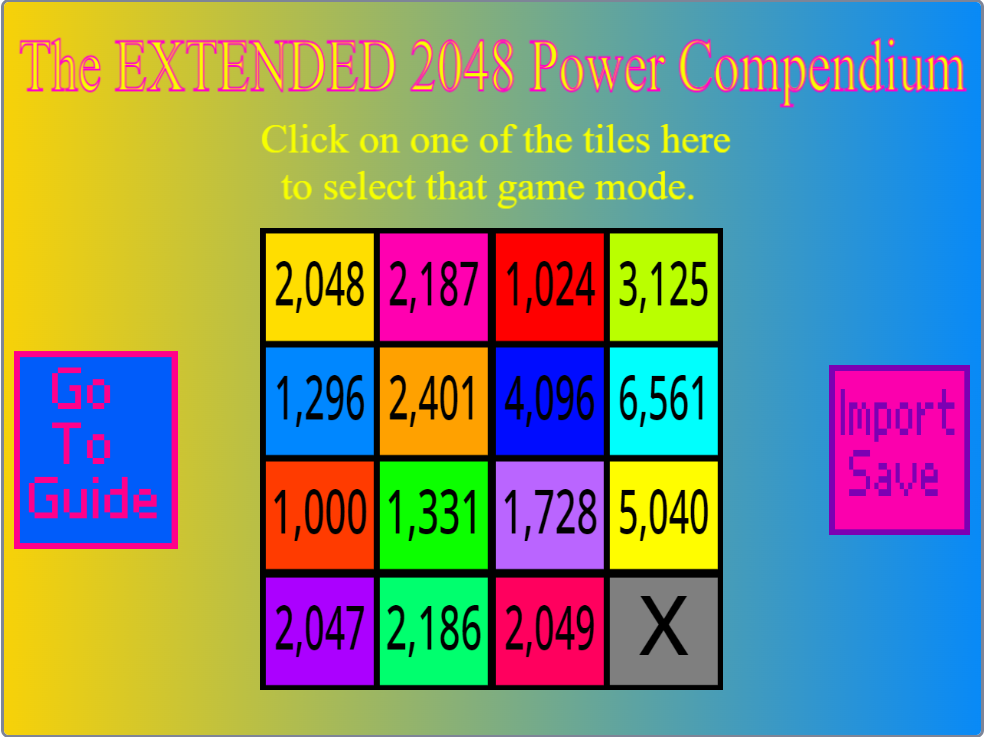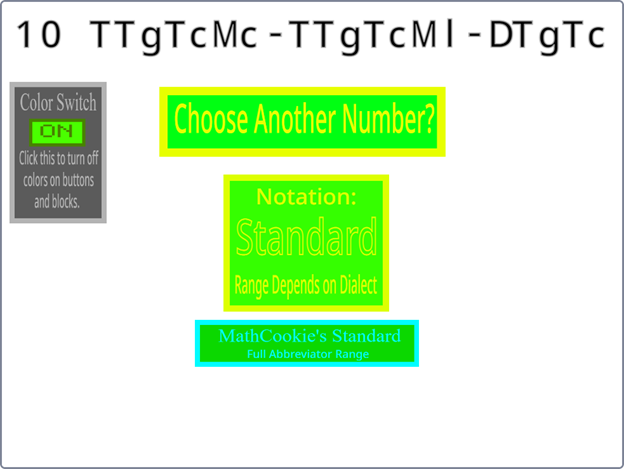Dodging Games
Most of my best Scratch games are "dodging games", where your goal is to avoid getting hit by the obstacles for as long as possible. These games cannot be won: the goal is to survive as long as possible and go for high scores.
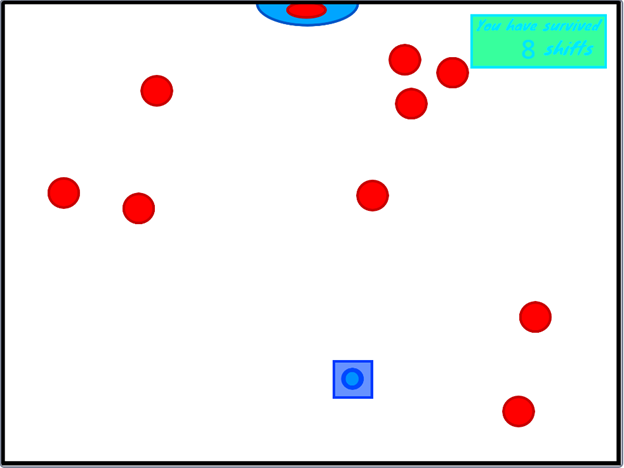
Survive The Circles
My first dodging game, and a good first game to play for those that haven't played any of my games before. Drag around the square and avoid getting hit by the circles for as long as possible as more and more circles spawn, as you lose the moment a circle hits you! Contains 32 levels and several customizable modifiers (some of which apply to all levels, and some of which are level-specific).
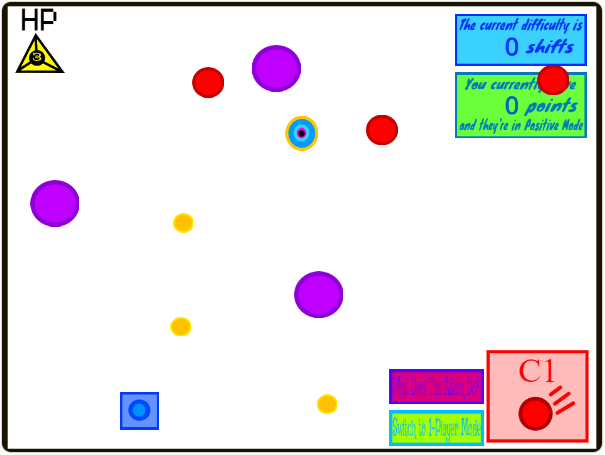
Survive the Circler's Attacks
A two-player game inspired by Survive the Circles and those Undertale battle simulator fangames. In this game, one player plays as the "Circler" and spawns the attacks, while the other player plays as the Square and dodges. You can also set up a series of attacks to spawn and dodge them in single-player, making this project act as Survive the Circles's equivalent of the Custom Games of Polystar Dodger and Greyscale Wormhole Operator (though Survive the Circler's Attacks came first).
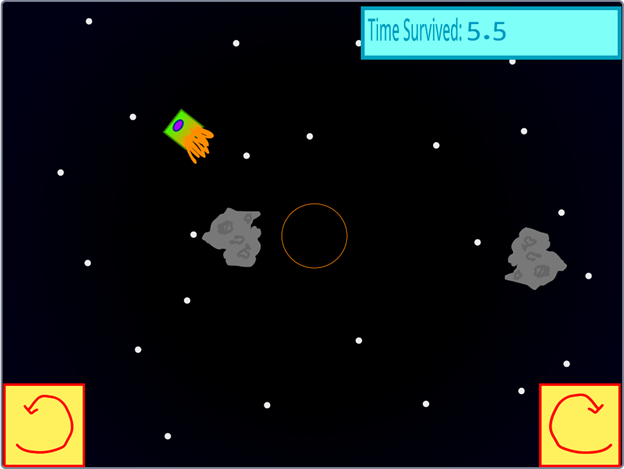
Hole's Orbit
My second dodging game, inspired by Super Hexagon. You play as a spaceship that's stuck in orbit around a black hole. Cosmic debris is being sucked in by the black hole, and if you're hit by the debris, you'll be pulled in too. Avoid getting hit by the debris! Contains 36 levels and some customizable modifiers, as well as "Hyper Mode" versions of each level which are faster and harder.
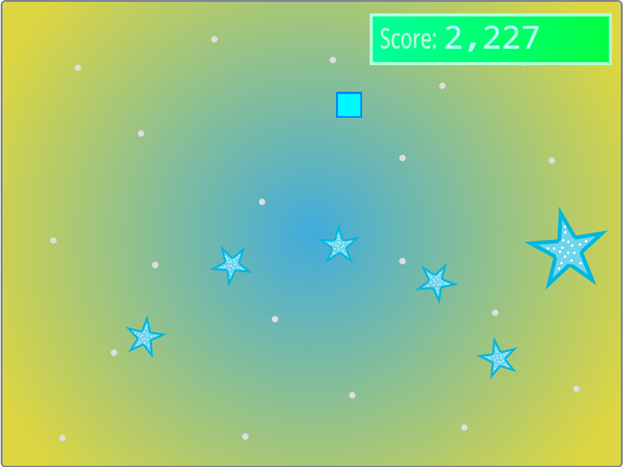
Polystar Dodger
If you took the Star laser shape from Laser Shapes Attack!, played as Square, and made a full game from it, you'd get this game. Drag around the square to dodge stars which fly across the screen and burst into smaller stars upon hitting the edge, with the amount of mini-stars released from each star getting higher the longer you survive. This game contains 30 levels, and is my first game to contain a full-fledged Custom Game that allows you to mix-and-match every modifier in the game, including every property of every level and some properties that are exclusive to Custom Game, for a total of 90 different properties. Version Without Music
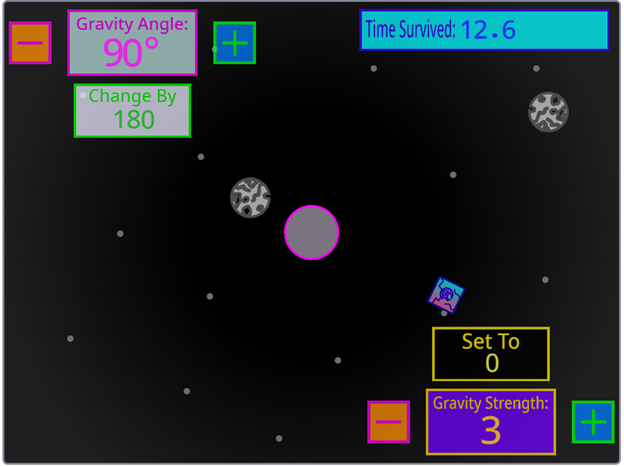
Greyscale Wormhole Operator
My most recent and most complex dodging game. In this game, you change the gravity angle and strength of a black hole-like object to move around a broken spaceship to dodge cosmic debris. This game has 32 levels, some of which are very different from each other. Greyscale Wormhole Operator has a Custom Game that's even more expansive than Polystar Dodger's, with an amount of modifiers that, depending on how you look at it, may exceed two hundred. The Custom Game also has save codes, allowing you to save a previously-created custom game and play it again without having to set it up again. Save Code Simulator (A version of the game without Custom Game making, since the original is too big for mobile devices)
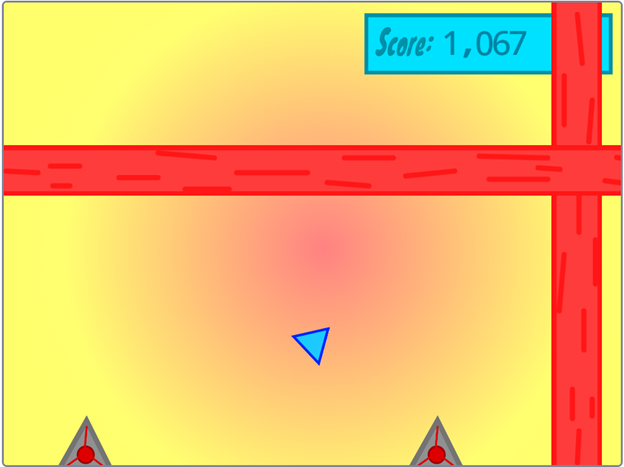
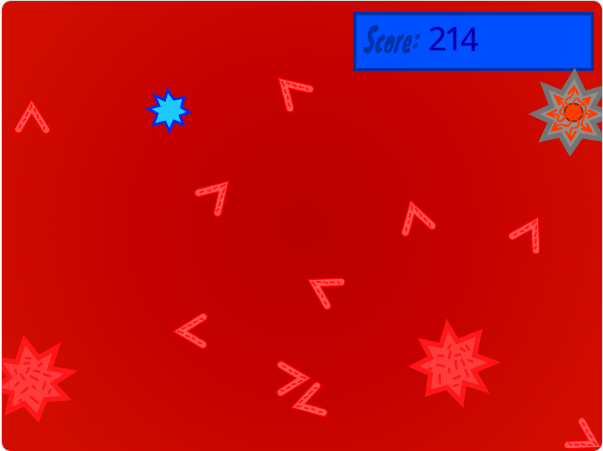
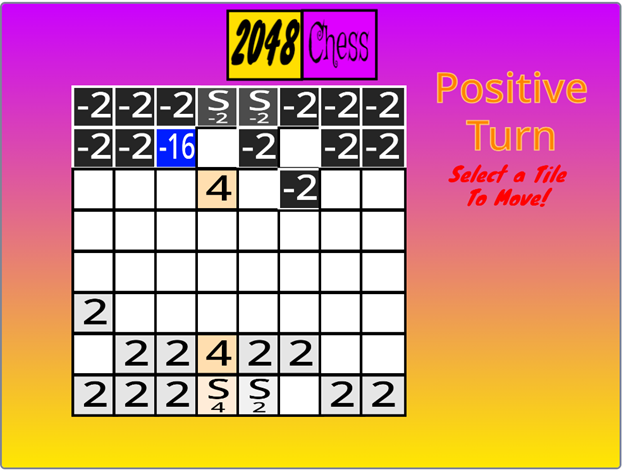
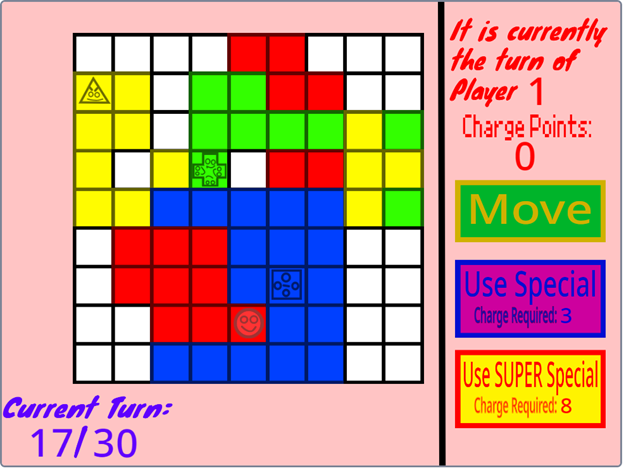
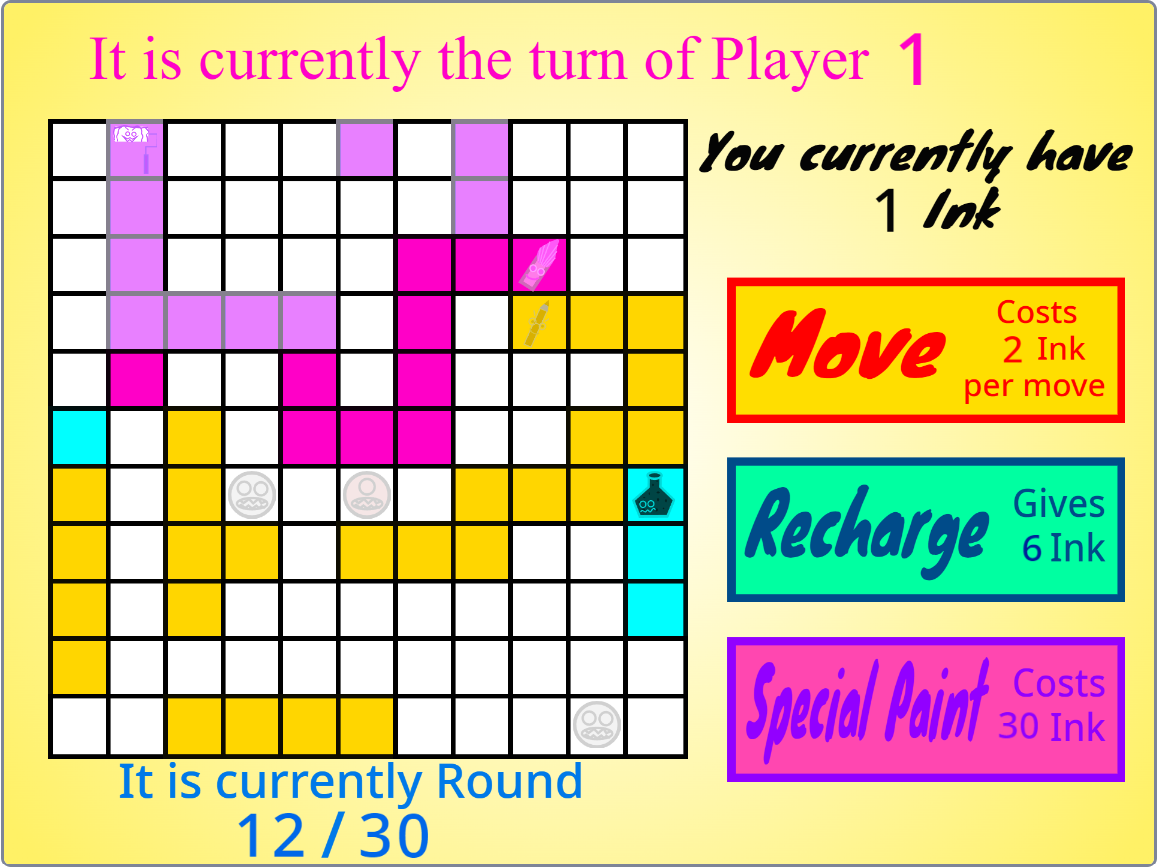
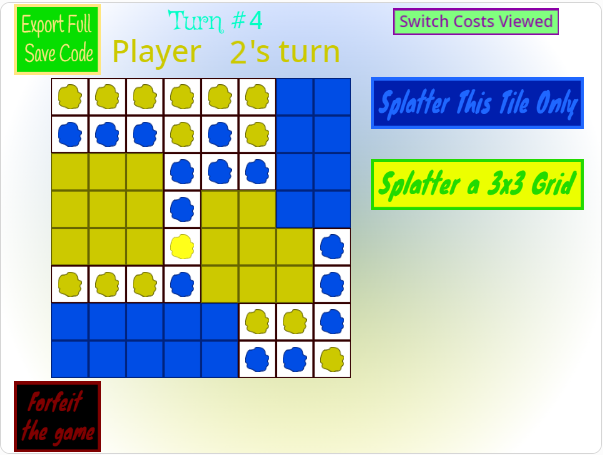
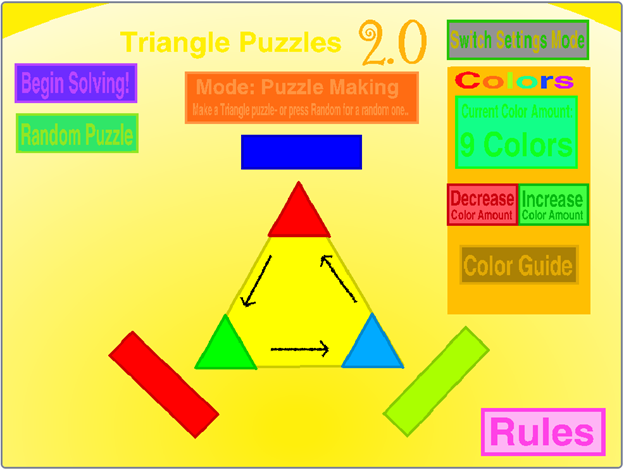
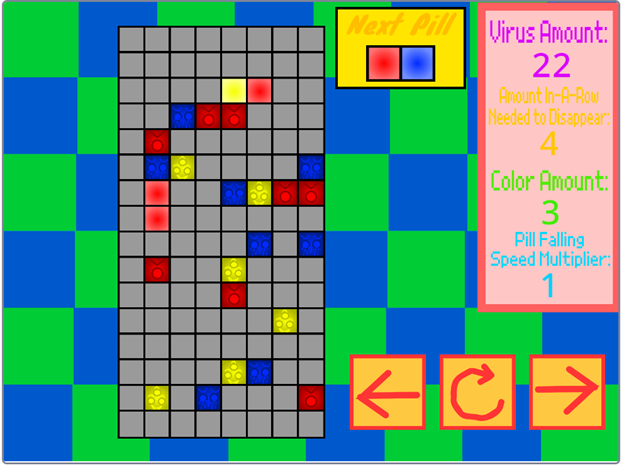
.png)
